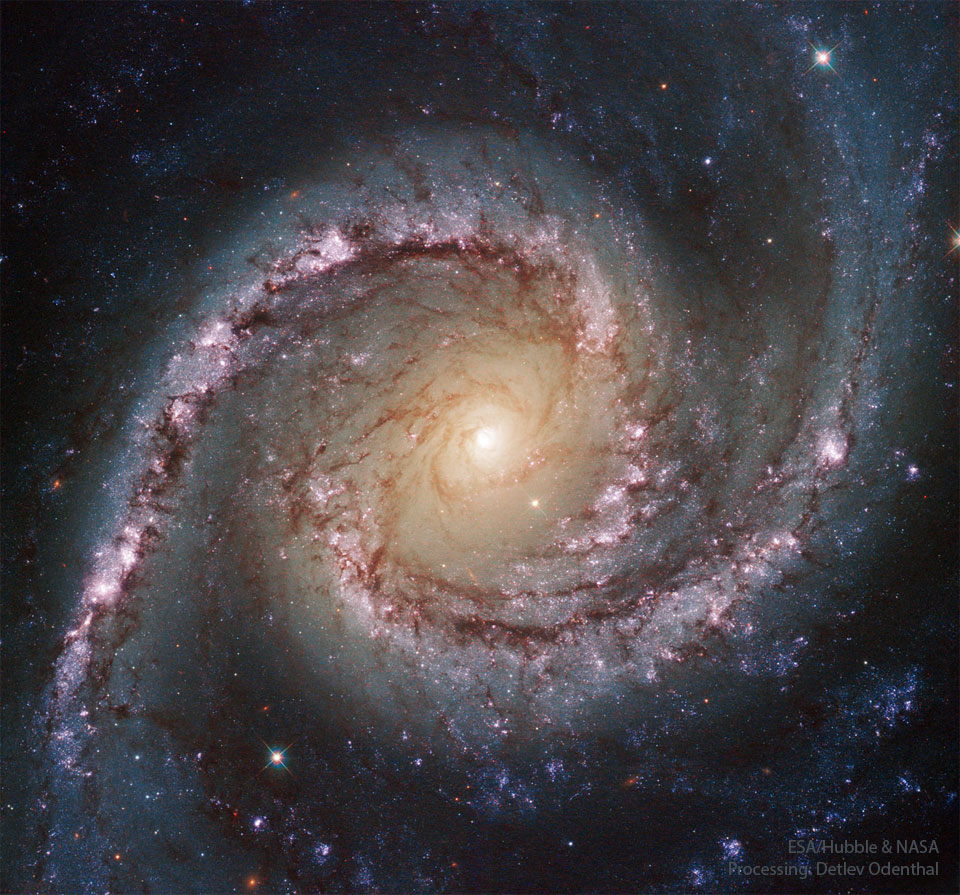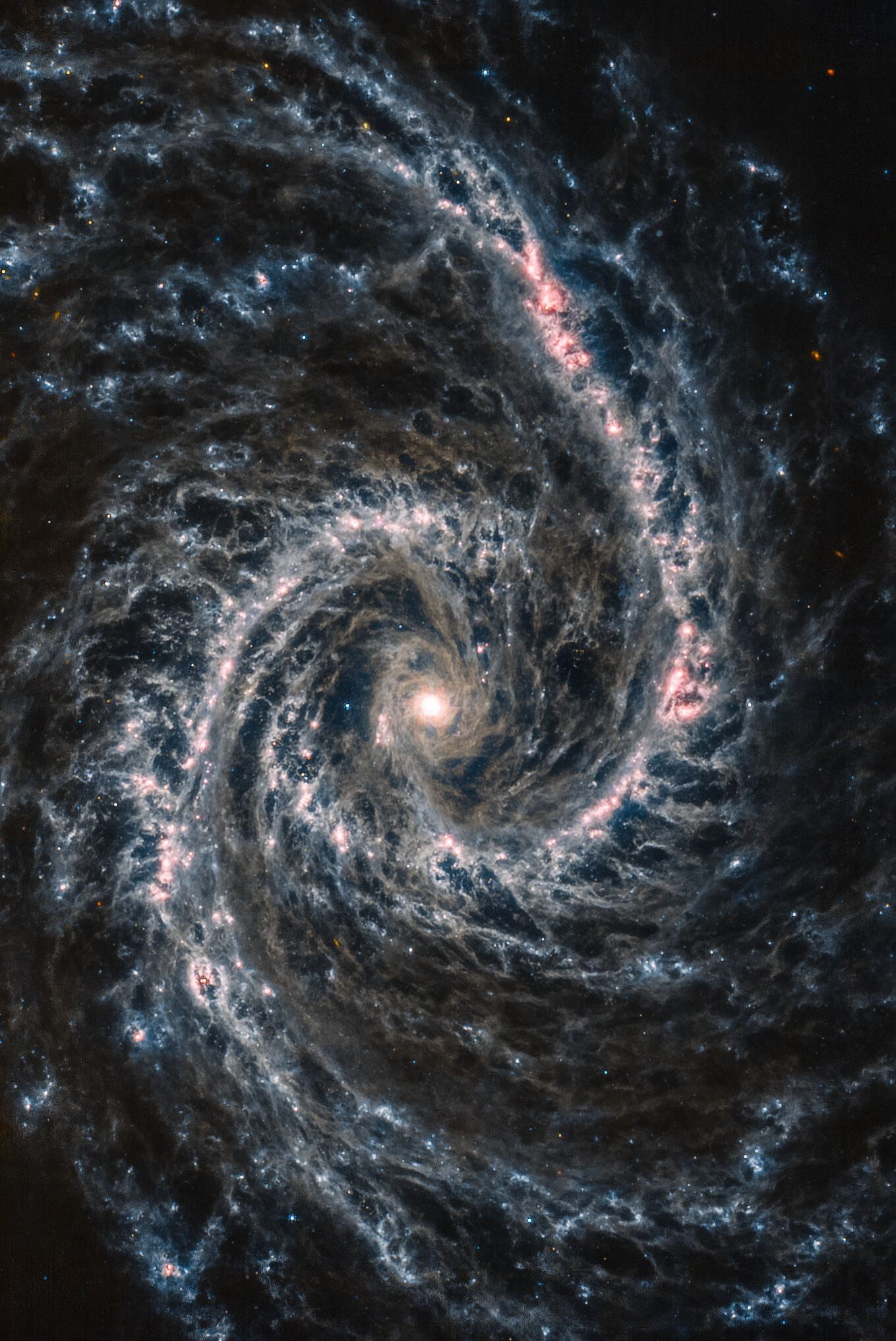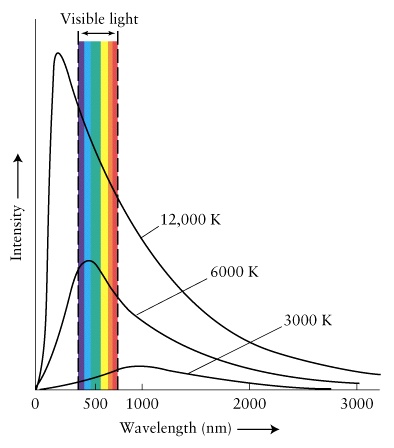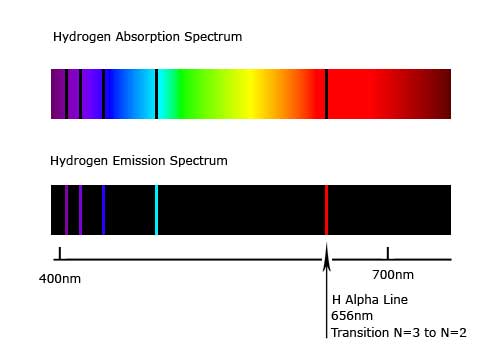AVAO wrote: ↑Mon May 08, 2023 4:42 pm
Ann wrote: ↑Mon May 08, 2023 3:56 pm
Today's APOD is "true color". The pink color of the emission nebulas in the arms of NGC 1566 is correct. Yet we humans can never see these nebulas the way they are, namely "optically pink", because of the limitations of our eyes.
Ann
Sorry Ann and Chris. But I don't know if you actually read my post at the beginning.
AVAO wrote: ↑Mon May 08, 2023 4:47 am
...
This image was taken by Hubble’s Wide Field Camera 3 (WFC3)
in the near-infrared part of the spectrum. A version of the image was entered into the Hubble’s Hidden Treasures image processing competition by Flickr user Det58.
Acknowledgement: Flickr user Det58 Release date: 2 June 2014
True colors look different to me...
https://www.astrobin.com/8aa26h/B/
There are only a few areas in pink or Hα. Compare:
https://apod.nasa.gov/apod/ap190702.html
AVAO, I apologize for dismissing you out of hand when you objected to my description of the APOD as "true color". (I did use the quotation marks.)
Anyway, your main point was that the APOD portrait of NGC 1566 could not be true color since no red filter had been used to collect the data for the image. Instead of a red filter, a near infrared filter of 814 nm had been used.
Can that sort of thing be done and we can still claim that the image is "true color"?
Yes and no.
Please go to
this site to find a slider that you can move left and right to see what actual color corresponds to what wavelength.
The slider starts at 500 nm. It is this color,
███. The RGB values of this color are, r=0, g=255, b=146. The hex is #00ff92. Starship Asterisk* uses hex. If you want to colorize a word here, you click the little "paint drop" next to the word "normal" above the "box" where you actually write your reply. Hex values are used to colorize the words.
Anyway. Let's go back to the site I suggested. The "color slider" moves to the right and left by 2 nanometers at a time. So let's move to 502 nm,
███. Now the hex is #00ff7b and the RGB values are, r=0, g=255, b=123. The RGB values have changed slightly, and the hex has changed. The color has also changed, if only very little.
Now let's skip ahead by 10 nanometers from 502 to 512 nm. The color looks like this,
███, and the RGB values have really changed: r=15, g=255, b=0. The red channel has made an appearance, and the blue channel has disappeared.
Now let's skip ahead 24 nanometers from our starting point and go to 524 nm. It looks like this,
███. Okay, now let's move the other way, towards shorter wavelengths, by 24 nanometers, again starting from 500 nm. We come to 476 nm, which looks like this,
███. The RGB values here are r=0, g=196, b=255.
Why do I show you this? It's because we now need to go to the red part of the slider and see something rather remarkable. Let's start at 643 nm (yes, the slider has skipped to odd numbers here). The color looks like this,
███, and the RGB values are r=255, g=16, b=0.
Now look what happens. At 645 nm, the color looks like this,
███, and the RGB values are r=255, g=0 and b=0.
Guess what? The color, the hex and the RGB values
remain absolutely the same as we move "up" all the way to 700 nm! Nothing changes for 55 nm!
Let's put 476 and 524 nm right next to one another again. That's a difference of 48 nm, and the colors look very different:
███ ███
Now let's put 645 and 700 nm next to one another. That's a difference of 55 nm, but the colors are, to our eyes and by RGB and hex values, exactly the same!
███ ███
What happens after 700 nm is that the shade of red gets darker, as the human retina gets less and less sensitive to longer and longer wavelengths. At 720 nm, the color looks like this,
███. At 740 nm, the color looks like this,
███. At 759 nm, it looks like this,
███. At 775 nm the color looks like this,
███. I'm pretty sure that Hubble has a filter of 775 nm that counts as a near infrared filter, but as you can see, there is definitely some optical red light here still.
The slider stops at 780 nm,
███, and there is still a bit of red left here. The RGB values for 780 nm is r=97, g=0 and b=0.
My point is that red is a very persistent color that "lasts for a long time". I really doubt that there is any optical red light left at 814 nm. Still, 814 nm is close enough to wavelengths that can indeed be described as red, or at least as reddish, that 814 nm can be used as a "reasonable proxy" for red light.
But the picture of NGC 1566 that was yesterday's APOD is still not
really true color. As Chris explained in one of his posts, it is reasonably close to true color. But not quite. You were right about that.
Ann
 The Spanish Dancer Spiral Galaxy
The Spanish Dancer Spiral Galaxy














